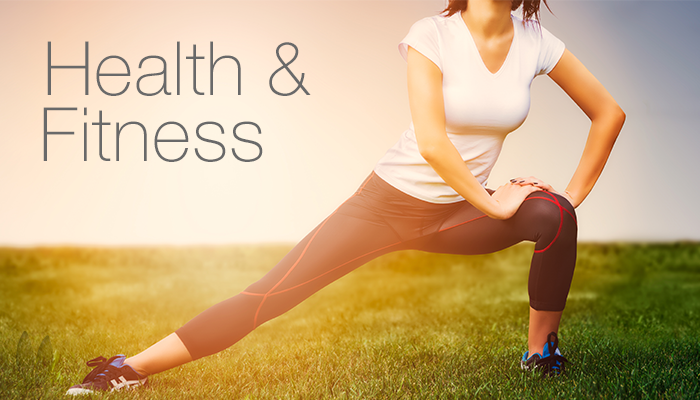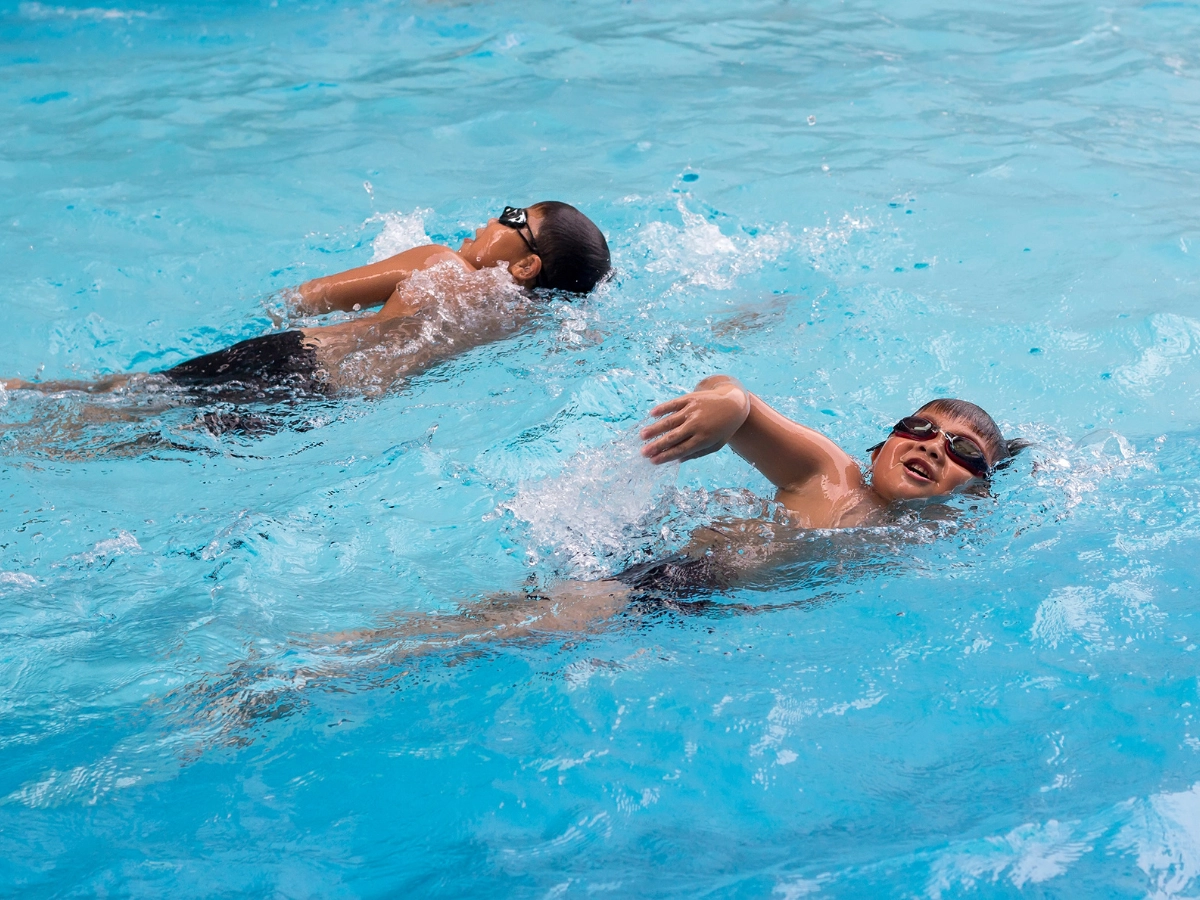Did you know that practicing handstands can be valuable to everyone – even those who never care to compete or have goals to be elite gymnasts? Yes, handstand training can increase quality of life even for the everyday Joe.
You’re out of shape, a little overweight, and haven’t even tried a handstand in decades (or ever before). Never fear, you can still accomplish this feat but there is a method to it. Don’t just try to do it without a little preparation. The experts at GymnasticBodies explain handstand training and its benefits in terms we can all understand.
Prepare your core. It takes strength to handle the challenge of being inverted. There are also bodyline drills that help you to properly align your body in a handstand – keeping your joints stacked vertically one on top of the next. No arched back in these handstands. Those only worsen muscular imbalances, increase common flexibility deficiencies and imprint poor technique habits.
Your core and life: core work will have a huge carry-over to your daily life, making common tasks such as climbing stairs, getting out of your car, and even walking that much easier.
Strengthen your wrist. Make sure your wrists can handle your bodyweight that will be placed on them in a handstand. Begin with gentle wrist stretches (in all directions). Wrist stretches and wrist pushups are absolutely necessary to prepare the tendons, ligaments, and connective tissues for handstands and also the rigors of the computer age.
Your wrists and life: between typing at keyboards, texting on cell phones, and driving in cars, most people’s wrists, forearms, and elbows take a beating. Wrist stretches and wrist pushups are absolutely necessary to prepare the tendons, ligaments, and connective tissues for much more than handstands – they help you to manage the rigors of our technology-laden life.
Develop your shoulders. Gymnasts need to develop the ranges of motion required for handstand practice to prevent the potential for rotator cuff injuries. Training properly by working on the thoracic extension, shoulder extension, and shoulder flexion can prevent these injuries.
Desk workers need to develop range of motion as much as gymnasts do. Shoulder impingement and rotator cuff injuries are all too common amongst the elderly and can cause should immobility that limits them from doing even simple tasks like putting on a jacket or reaching into the upper cabinet.
The icing on the cake is that handstand training I also fun. Athletes come down off the wall from their first handstand for the day, and they cannot help but to smile from ear to ear from the sheer joy of having been upside-down. Better yet, once you train properly and actually start to experience progress, the physical demand is accompanied by the feeling that you can actually hold a handstand!
So whether you want to be a gymnast or simply lead a happy, healthy, and active life, practicing handstands will help you get there.
Keep these key principles in mind:
- Train your core using hollow body holds, planks, V-ups, and handstand bodyline drills.
- Prepare your wrists for handstands and for the rigors of everyday life using wrist stretches and wrist pushups.
- Your shoulders need to be able to move freely behind you, overhead, and with a mobile thoracic spine.
- Handstand practice is a lot of fun and builds strength in ways that are helpful to everyone!
Source: GymnasticBodies














